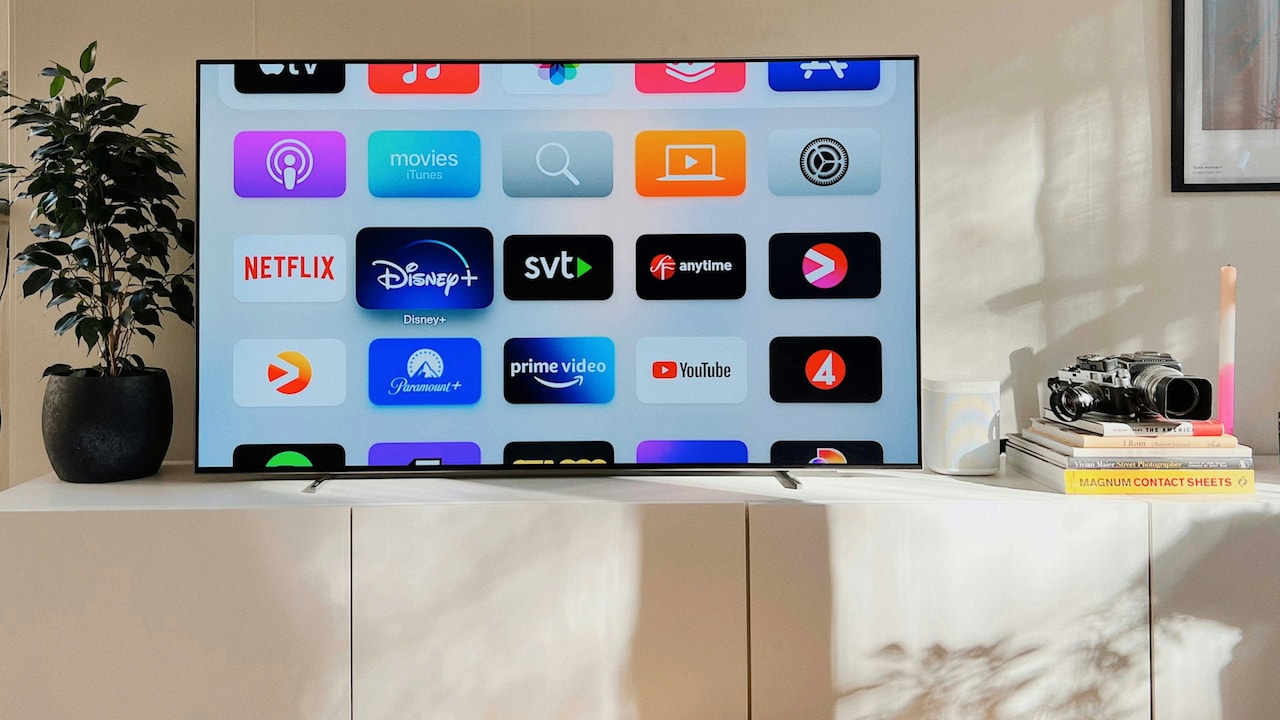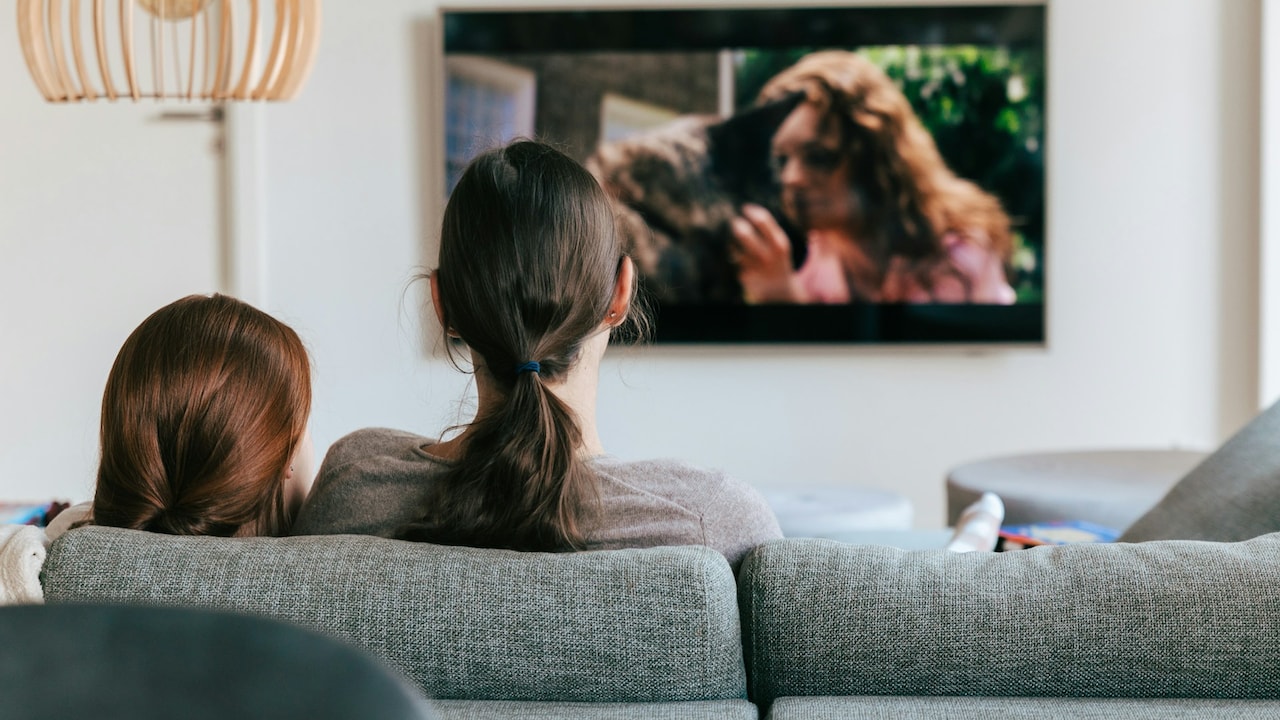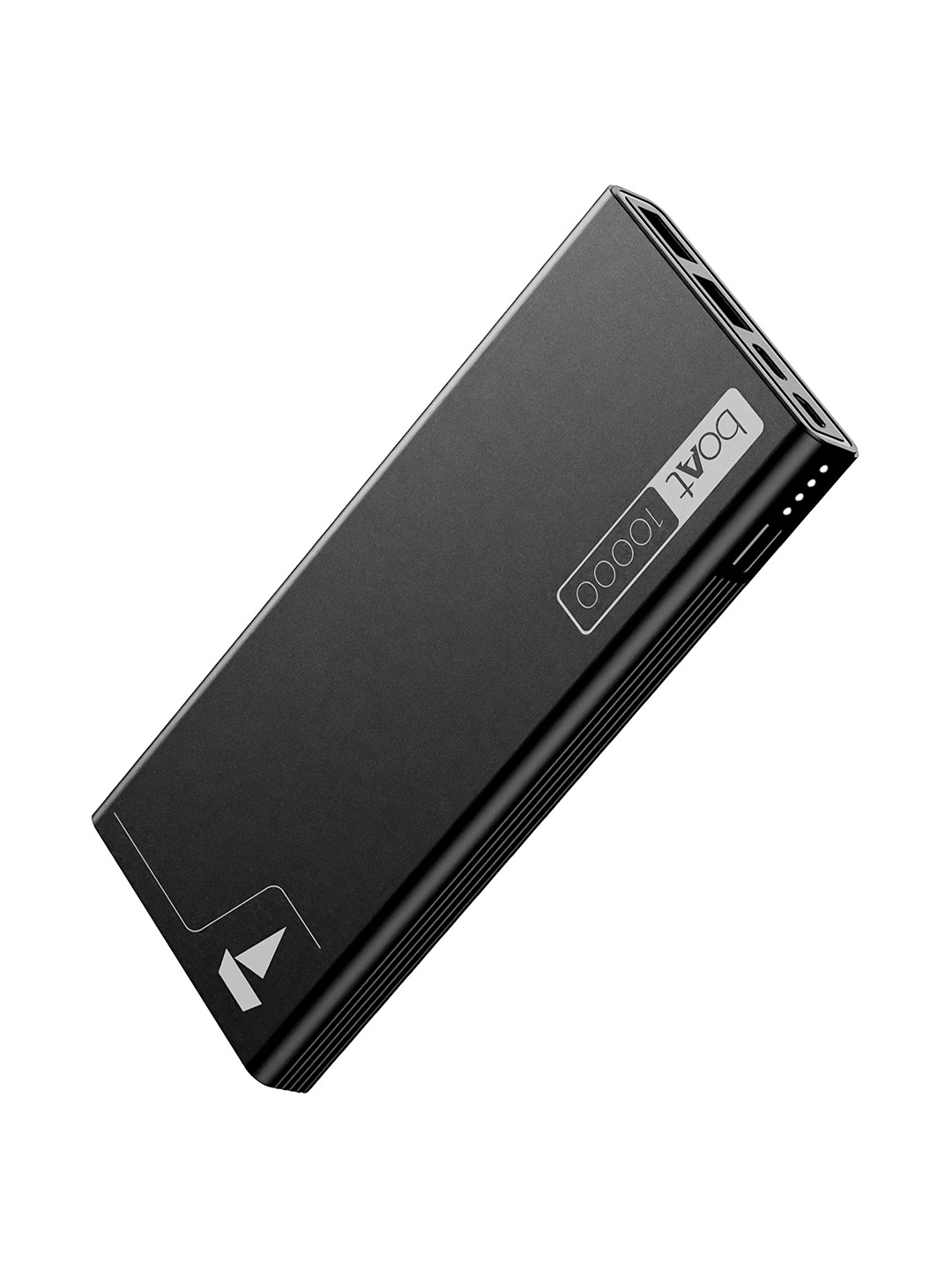How To Fix A Smart TV That Is Not Working: 5 Quick Solutions
A suddenly frozen screen or a stubbornly silent Smart TV can turn a cosy evening into a mini crisis. Before calling for help or heading to a service centre, a few simple tricks might bring it back to life in minutes.

Smart TV Not Working? 5 Quick Fixes To Try Right Now.
A Smart TV often feels like a trusty companion. It streams favourite shows, mirrors phone screens during family gatherings, and even doubles up as a music hub on lazy Sunday afternoons. Yet there are days when it refuses to cooperate. The screen may freeze, apps may crash, or the sound may vanish without warning. Moments like these can stir mild panic, especially when everyone settles in with snacks for a movie night. Here is all about how to fix a Smart TV that is not working - just follow these 5 quick solutions. These practical fixes can save time, effort and money. Each tip is simple enough, even for someone who keeps remotes in plastic covers for ‘protection'.

Here's how you can fix a smart TV that has stopped working; Photo Credit: Unsplash
Yes, the good news is that most issues have quick, fuss-free fixes. Many problems come down to small glitches, temporary software hiccups, or connectivity troubles. With a few easy checks, a misbehaving Smart TV can often be revived without spending a single rupee.
Also Read: 5 Smart TVs Under ₹15000 To Buy On Amazon
How to Fix a Smart TV That's Not Working: 5 Quick Solutions
1. Power Cycle: The Classic Reset That Works Like Magic
A power cycle sounds overly technical, but it is simply the act of switching off the TV, unplugging it, and giving it a short break. It works because electronic devices sometimes build up tiny errors in their memory during continuous use. A complete shutdown clears these glitches, almost like a refreshing nap.
Start by turning off the TV using the remote. Unplug it carefully, especially if the plug point is behind a bulky unit or a wall-mounted bracket. Leave it disconnected for a full minute. This short pause resets the internal memory, drains residual power, and gives the software a clean slate. After plugging it back in, turn it on and allow it a few seconds to boot properly.
This simple move often fixes freezing screens, unresponsive apps, or random lag. Homes where the TV remains switched on for most of the day, whether for background news or music, may notice the difference instantly. A power cycle costs nothing, takes almost no time, and remains one of the most underrated troubleshooting tricks. Consider it the digital equivalent of stepping out for a breath of fresh air when things feel too cluttered.
2. Check the Wi-Fi Connection and Router Health
Many Smart TV issues start with poor connectivity. Streaming apps depend on consistent internet, and even a moment of weak Wi-Fi can make apps crash or videos buffer endlessly. Before blaming the TV, it helps to give the home Wi-Fi a quick check-up.
First, see whether other devices such as phones or tablets, are working fine. If everything else feels slow, the router might be the real culprit. A simple reboot, switching it off, waiting for 20 seconds, and turning it back on, often restores a stable signal. Routers also need the occasional break, especially in households where someone is always scrolling, gaming or streaming.
Distance matters too. If the TV sits far from the router or behind thick walls, signals may weaken. A Wi-Fi extender can help, and many affordable models are available for ₹800–₹1,500. It's a small investment compared to the frustration of repeated buffering.
Also check whether the network password has been changed recently. Most TVs store old passwords and won't reconnect automatically. Re-entering the correct one may feel trivial, but it solves the issue instantly. Once the connection stabilises, apps load faster, videos play smoothly, and the TV functions the way it should, without any dramatic pauses.
3. Update Software and Apps for Smoother Performance
Smart TVs work much like smartphones, and regular updates help them stay secure, smooth and responsive. When the software goes outdated, apps may crash, menus may slow down, and some features may stop working. Fortunately, updating is straightforward.
Head to the settings menu and look for “Software Update” or “System Update.” Most modern TVs allow automatic updates when connected to Wi-Fi, but occasional manual checks ensure nothing gets missed. Updates usually come with bug fixes, new app support, and performance improvements. The process may take 5–10 minutes, so it's best to run it when no one is mid-way through a cricket match or a web series binge.
App updates matter too. Streaming platforms like Netflix or Hotstar push frequent upgrades to fix compatibility issues. Outdated apps may refuse to open or show loading screens forever. Simply opening the app store on the TV and refreshing the updates section can do wonders.
Regular updating also protects the device from security risks. It keeps the experience smooth and prevents those unexpected “this app is not supported” messages that appear at the worst possible moments. With updated software, your TV stays ready for every new feature that comes its way.

Always keep the software and apps updated for a smooth performance; Photo Credit: Unsplash
4. Adjust HDMI, Sound and Display Settings
Many problems stem from incorrect settings rather than technical faults. A blank screen when using a set-top box, gaming console or laptop? It could be the wrong HDMI input. A missing audio track? Possibly an accidentally changed sound mode. A washed-out display? Perhaps the picture settings need a tweak.
Start by checking whether the TV is set to the correct HDMI source. It's surprisingly easy for someone to press the wrong button while hunting for the volume. Switch through the inputs until the connected device appears. Loose cables also cause flashing screens or no-signal errors, so ensure HDMI connections click firmly into place.
For sound issues, open the audio settings. Some TVs switch to Bluetooth speakers or soundbars automatically if they detect a paired device. Disconnecting unused pairings often restores normal sound. Also check if “Mute” is on, even seasoned users overlook this during rushed moments.
If the picture looks odd, too bright, too dull or slightly tinted, resetting display settings brings everything back to default. Many TVs include picture presets like “Standard,” “Cinema,” or “Dynamic.” Choosing the right one can transform the viewing experience, especially during late-night movie marathons.
These small adjustments feel minor but often resolve problems without needing professional help.
5. Clear Cache, Free Up Storage and Reset App Data
Smart TVs store temporary files, app data, and cached content. Over time, these build up and slow the system, much like an overloaded phone. If apps take forever to open, crash frequently, or refuse to load content, clearing unnecessary files can revive the TV's speed.
Open the settings menu and look for “Apps” or “Application Manager.” Selecting an app usually shows options to clear cache or clear data. Clearing cache deletes temporary files while keeping your login details and preferences safe. Clearing data resets the app entirely, so use it only for apps that refuse to function despite multiple attempts.
Storage limits can also cause odd behaviour. Smart TVs don't offer large built-in storage, and once it fills up, updates fail and apps malfunction. Deleting unused apps or old files frees valuable space. If the TV supports external storage via USB, shifting media files to a pen drive is a hassle-free solution.
In stubborn cases where nothing seems to work, a factory reset offers a fresh start. It removes all apps and settings, restoring the TV to its original state. Though it requires re-logging into apps later, it often solves deep-rooted software issues. Use this only as a final step, but when done thoughtfully, it works like a complete refresh.
Products Related To This Article
1. LG 108 cm (43 inches) UA82 Series 4K Ultra HD Smart webOS LED TV
2. Samsung 80 cm (32 inches) HD Smart LED TV
3. LG 139 cm (55 inches) UA82 Series 4K Ultra HD
4. Hisense 139 cm (55 inches) E6N Series 4K Ultra HD Smart LED Google TV 55E6N
5. Panasonic 80 cm (32 inches) HD Ready Smart LED Google TV
6. Vu 126cm (50 inches) Vibe Series 4K QLED Smart Google TV
7. Sony 164 cm (65 inches) BRAVIA 2M2 Series 4K Ultra HD Smart LED Google TV
A Smart TV may act up without warning, but most issues have simple, home-friendly solutions. From power cycling and checking Wi-Fi to updating software or adjusting settings, these small steps often fix problems that appear far more serious than they are. Keeping the TV updated, clearing storage regularly, and ensuring stable connectivity can also prevent future hiccups.
Instead of rushing for repairs or assuming that the TV has reached its end, these quick fixes offer a practical and cost-free way to restore performance. With a few minutes of patience and a calm approach, the evening entertainment gets back on track, and the remote remains safely in hand, ready for the next binge-watch session.
(Disclaimer: This article may include references to or features of products and services made available through affiliate marketing campaigns. NDTV Convergence Limited (“NDTV”) strives to maintain editorial independence while participating in such campaigns. NDTV does not assume responsibility for the performance or claims of any featured products or services.)
























